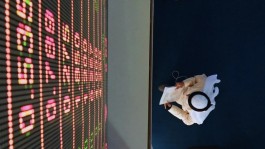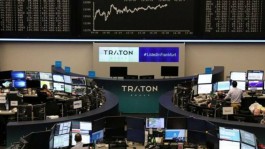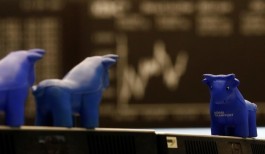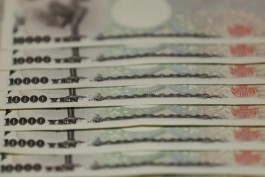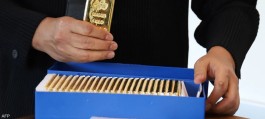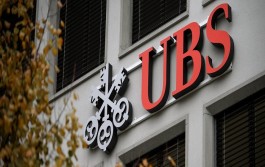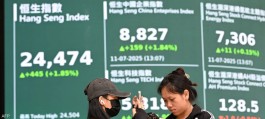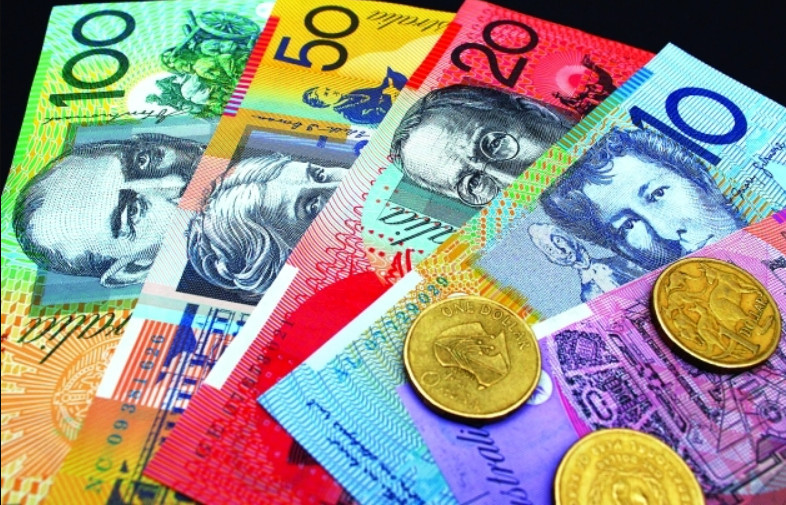The Australian dollar declined widely during European market trading on Tuesday against a basket of global currencies, recording the lowest level in two weeks against its American counterpart, topping the list of losing currencies in the foreign exchange market, after an expected decision from the Reserve Bank of Australia.
According to market expectations, the Australian Reserve fixed interest rates without any significant change, for the third meeting in a row, with the aim of obtaining more time to evaluate the impact of previous increases in interest rates on economic developments in the country.
Australian dollar exchange rate today
The Australian dollar fell against its American counterpart by more than 1.2% to 0.6382, the lowest since last August 25, from today’s opening price of 0.6461, and recorded the highest level at 0.6464.
Yesterday, Monday, the Australian dollar rose by 0.2% against the US dollar, benefiting from the slowdown in the levels of the US currency against a basket of major and minor currencies.
Over the past week's trading, the Australian dollar achieved an increase of 0.75% against its American counterpart, the first weekly gain in seven weeks, thanks to purchasing activity from cheap levels.
List of losing currencies
Today, Tuesday, the Australian dollar topped the losing list of the eight major currencies in the foreign exchange market, as the Australian currency witnessed a widespread decline against most major and minor currencies.
It lost more than 1.2% against the US dollar, more than 0.9% against the euro, the British pound, the Swiss franc, the Japanese yen, the Canadian dollar, and more than 0.2% against its New Zealand counterpart.
Australian Reserve
According to market expectations, the Reserve Bank of Australia decided on Tuesday to keep interest rates without any significant change, for the third meeting in a row, and attributed this to providing more time to evaluate the economic conditions in the country.
The Australian Reserve holds interest rates for the third meeting in a row
Following this decision, the interest rate gap between Australia and the United States continued at 140 basis points, which reduces investment opportunities in the Australian dollar in favor of its American counterpart.
The Australian Reserve said: The decision to keep interest rates unchanged provides more time to evaluate the impact of previous increases in interest rates on economic developments in the country, while developing new forecasts more accurately.
The Australian Central Bank explained that inflation is declining, but it is still very high and will remain so for some time, and that the labor market is strong, and the economy is operating at a high level of capacity utilization.
The Reserve Bank of Australia indicated that further tightening of monetary policy may be needed to ensure that inflation returns to target within a reasonable time frame, but this will depend on data and an evolving assessment of economic risks.
The Australian Reserve said: High interest rates work to establish a more sustainable balance between supply and demand in the economy.
The RBA explained that the prices of many services are rising rapidly, rent inflation is also high, and service price inflation is surprisingly persistent overseas and the same could happen in Australia.
The Australian Reserve said: The Australian economy is witnessing a period of below-trend growth and this is expected to continue for a period of time, and added: There is a state of increasing uncertainty about the future of the Chinese economy.















